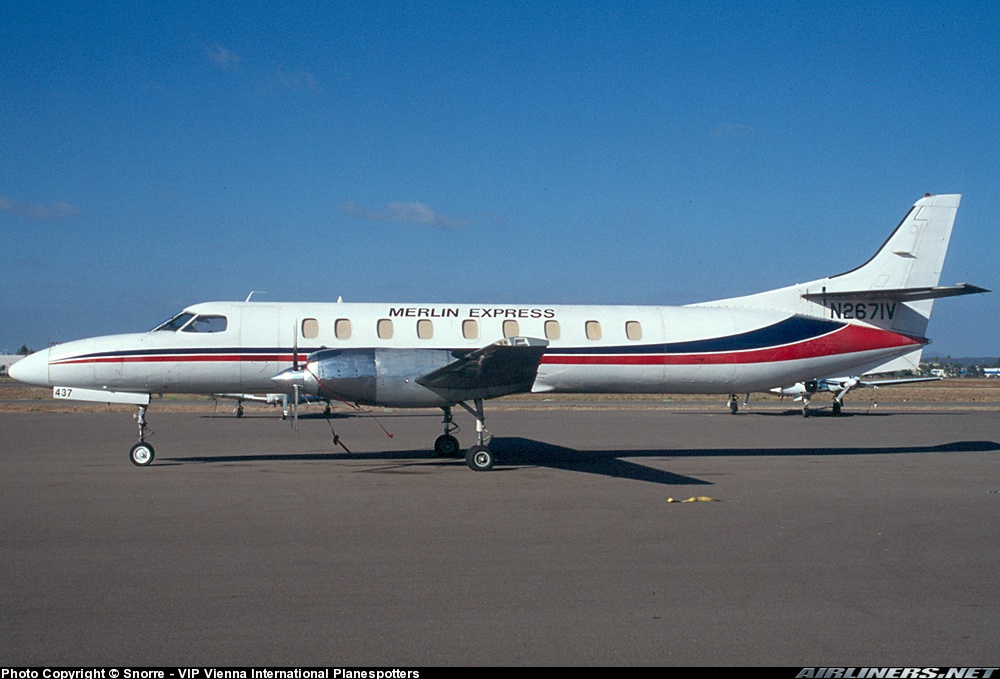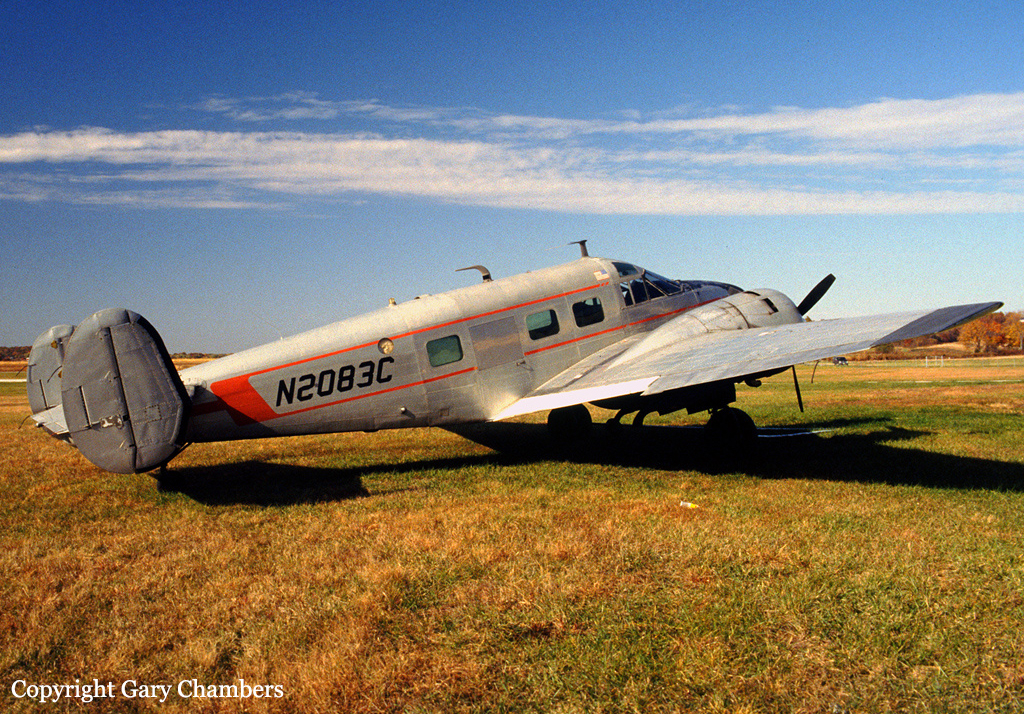Zone
Crash of a Swearingen SA227AC Metro III in San Antonio
Date & Time:
Aug 16, 1999 at 1733 LT
Registration:
N2671V
Survivors:
Yes
Schedule:
San Antonio - San Antonio
MSN:
AC-437
YOM:
1981
Crew on board:
2
Crew fatalities:
Pax on board:
0
Pax fatalities:
Other fatalities:
Total fatalities:
0
Captain / Total hours on type:
490.00
Aircraft flight hours:
19317
Circumstances:
The airplane landed wheels up after the instructor pilot failed to lower the landing gear. The instructor told the student to execute 'a no flap landing due to a simulated hydraulic pump failure.' The student established the airplane on the approach and called for the 'Emergency Gear Extension Checklist.' The instructor delayed extending the gear in accordance with the operator's flight standards manual, which stated that the landing gear should not be extended until the landing was assured. Later in the approach, when the gear warning horn stopped sounding, due to the student's movement of the power levers forward, the instructor removed his hand from the gear handle without extending the gear. The instructor stated that 'because [the student] had already called for the [Emergency Gear Extension] checklist once before, in a split second thought process, [he] mistakenly thought it had been completed.' Following the accident, the landing gear system was tested and found to operate normally. Review of the maintenance records revealed no uncorrected discrepancies. At the time of the accident, the instructor pilot was completing a 9-hour work day, and did not have a lunch break.
Probable cause:
The instructor pilot's failure to complete the Emergency Gear Extension Checklist, resulting in the inadvertent wheels-up landing. A factor was the instructor pilot's fatigued condition.
Final Report:

Crash of a Cessna 421C Golden Eagle III in Eagle Pass
Date & Time:
Oct 18, 1998 at 0600 LT
Registration:
N19MH
Survivors:
Yes
Schedule:
Eagle Pass - San Antonio
MSN:
421C-1008
YOM:
1980
Crew on board:
1
Crew fatalities:
Pax on board:
4
Pax fatalities:
Other fatalities:
Total fatalities:
0
Captain / Total hours on type:
120.00
Aircraft flight hours:
4071
Circumstances:
During takeoff climb, the twin-engine airplane encountered a strong downdraft and impacted trees and terrain. The pilot reported that while taxiing to the runway, he scanned the sky with the monochrome weather radar, which was set at the 40-mile range. 'No weather was shown behind the runway and a cell was shown 15 miles from the runway.' The takeoff roll was 'uneventful,' and the airplane was rotated at 95 knots. Climb out was accomplished at 110 knots, the engines were at maximum power, the propellers at maximum RPM, and the manifold pressure was indicating maximum. A 10-degree turn towards the Cotulla VOR was being made when at 1,500 feet msl, a sharp descent was felt with the VSI indicating an 800 ft/min rate of descent. The wings were leveled and the airspeed was slowed to 85 knots. 'The rate of descent slowed to 400 ft/min and then finally to 300 ft/min until impact...' The airplane was destroyed by fire that erupted on impact. A review of doppler weather radar images showed thunderstorms in the vicinity of the airport.
Probable cause:
A downdraft, which exceeded the aircraft's climb performance. A factor was the thunderstorms in the vicinity of the airport.
Final Report:
Crash of a Beechcraft E18S in Del Rio
Date & Time:
Apr 8, 1998 at 1905 LT
Registration:
N2083C
Survivors:
Yes
Schedule:
Del Rio - San Antonio
MSN:
BA-446
YOM:
1959
Crew on board:
1
Crew fatalities:
Pax on board:
0
Pax fatalities:
Other fatalities:
Total fatalities:
0
Captain / Total hours on type:
55.00
Circumstances:
The pilot lost control of the airplane following the loss of engine power from the right engine during takeoff. The pilot stated that the engine power loss was not sudden, but rather a slow continued reduction of power. The pilot further stated that the loss of power occurred after he placed the landing gear selector in the retract position. He added that his airspeed at the time of the power loss was between Vmc (86 mph) and Vy (120 mph). The airplane started to roll towards the right (dead) engine as the pilot reduced the power on the left engine. The outboard portion of the right wing impacted the ground short of a taxiway. Examination of the wreckage revealed that the right engine propeller was in the feather position and the left engine was torn from the airframe. The reason for the loss of engine power was not determined.
Probable cause:
A loss of engine power on the right engine for undetermined reasons, and the pilot's failure to maintain control of the airplane.
Final Report:

Crash of a Cessna 421C Golden Eagle III in San Antonio: 2 killed
Date & Time:
Feb 10, 1994 at 0713 LT
Registration:
N741CA
Survivors:
Yes
Schedule:
San Antonio - Eagle Pass
MSN:
421C-0899
YOM:
1980
Crew on board:
1
Crew fatalities:
Pax on board:
2
Pax fatalities:
Other fatalities:
Total fatalities:
2
Captain / Total hours on type:
400.00
Aircraft flight hours:
2916
Circumstances:
Shortly after takeoff, the pilot reported he had 'a problem' and needed to return immediately. Witnesses observed dark black smoke coming from both engines. The airplane collided with a tree 1/2-mile northeast of the runway threshold. Analysis of fuel samples revealed the presence of approximately 50% jet fuel. The right propeller was found feathered and engine disassembly revealed a hole burned in the right engine number 5 piston. Left engine disassembly revealed piston edges eroded down to the first compression ring. Fuel filler restrictors had been installed in the airplane's fuel tanks, but the fuel truck did not have the restrictive mating nozzle. The fuel truck was owned by the fuel vender and leased to the FBO.
Probable cause:
Improper servicing of the airplane with jet fuel, which resulted in preignition and/or detonation and subsequent failure of pistons in both engines. A factor related to the accident was: the lack of a restrictive mating nozzle on the refueling truck.
Final Report:
Crash of a Piper PA-31P Pressurized Navajo in San Antonio: 1 killed
Date & Time:
Sep 27, 1993 at 1723 LT
Registration:
N891SP
Survivors:
No
Schedule:
San Antonio - San Antonio
MSN:
31-7300145
YOM:
1973
Crew on board:
1
Crew fatalities:
Pax on board:
0
Pax fatalities:
Other fatalities:
Total fatalities:
1
Captain / Total hours on type:
12.00
Aircraft flight hours:
6374
Circumstances:
During takeoff roll, the left engine began to emit black smoke. The tower informed the pilot, who did not respond, and continued his takeoff. After becoming airborne, the aircraft was observed to level off then enter a left turn and impact the ground approximately 2 miles west of the airport. Examination of the engine provided no evidence of malfunction. Review of available pilot records indicated the pilot had 12 hours in type.
Probable cause:
Failure by the pilot-in-command to maintain VMC following takeoff. Factors were: partial loss of power to one engine for undetermined reason, and lack of total experience in aircraft type.
Final Report:


